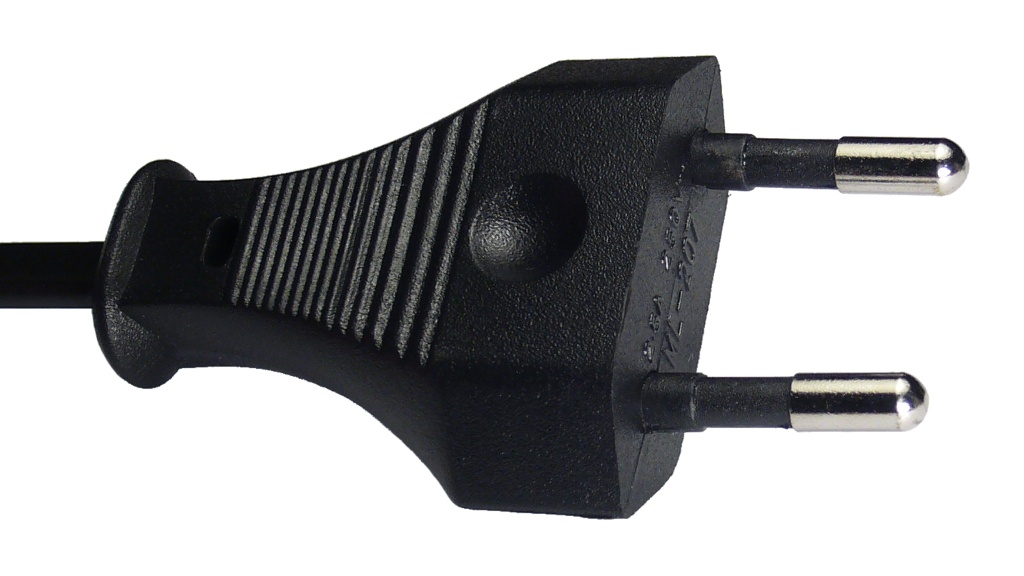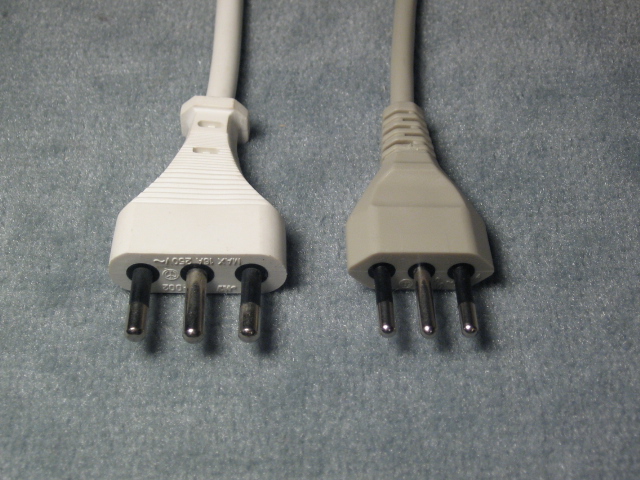Attend
LACORO 2024 will be held as a live event (onsite only). Some presentations might be held online.
Chile, between wine, desert and glaciars
Gallery
About Chile
Chile extends over 4.300 km (2.672 mi) from north to south. This narrow country has the driest desert up north, enormous forest, and rainy weather down south, ending in eternal glaciers at Patagonia. The World Travel Award has recognized this diversity with beautiful landscapes as the 2019 winner of the World's Best Green Destination and the World's Best Adventure Tourism Destination.
The country's heterogeneity supports a broad and expanding set of exported Chilean products recognized by their quality, such as wines, seafood, fruits, wood, lithium, and copper as the most relevant outcome.
For more information about Chile, visit the official webpage.
Find Your Chile – Chile is waiting for you from Chile Travel on Vimeo.
Currency
Peso is the official currency in Chile (CLP from Chilean Peso). Images of bills and coins. The exchange rate is around 1 US dollar = 953 pesos, see a current estimate on Banko Central Chile.
While most places accept credit cards such as Visa, Master Card, Diners Club, and American Express, the use of foreign currency is unlikely in almost every place except for some hotels. Cash can be retrieved from ATMs, banks or money exchange houses. However, exchanging some cash (Chilean pesos) is recommended before travelling.
Taxes
All goods in Chile include a value-added tax (VAT) of 19%, with a minor set of goods having higher specific taxes, such as cigarettes and gasoline. Shops or restaurants generally advertise prices including tax, at least explicitly stating otherwise.
Foreign visitors can ask for a VAT exemption for accommodation in regular hotels. As a requirement, the hotel will ask for a valid passport with the stamps from Immigration and Customs.
Tipping
Tipping is a customary practice, sometimes added by default as an extra item onto the invoice. In supermarkets, where single-use plastic bags are not handed over, small tips are given to people in charge of packing (a few hundreds of CLP). Tipping is not customary for taxi drivers.
General Tips for the Traveler
Chile is a safe place for living and travelling. Walking during both daylight and nightlight is safe for both nationals and foreigners. Still, you must be aware of your personal belongings as pickpockets, and opportunistic thieves are in the biggest cities, such as Santiago and Valparaíso. So, be aware of where you are carrying and leave your smartphone, laptop, photographic cameras, purses, or wallets.
VISA
To enter Chile, you must present your identification documents, like your passport. Moreover, depending on your country of origin, a stamped VISA. The following map presents the VISA policies per country.

VISA policy of Chile.
Citizens from South America can use their ID cards. Citizens from the European Union, the USA, Canada, Mexico, and Australia do not need tourist VISAs. Australian citizens must pay a reciprocity fee at the airport. Please check with the corresponding embassy or consulate for your particular situation.
For updated VISA requirements per country, consult the Chilean Immigration Department or your nearest Chilean consulate.
For those needing a VISA, keep in mind that the process typically takes about 20 working days. Applications not presented with sufficient advance time may be rejected. Here is a list of Chilean embassies and consulates worldwide: https://chile.gob.cl/en/consulados/.
To apply for a Tourist VISA to enter Chile, you must:
- Open an account on: Tramites Consulares Online
- Complete the Visa Application (select "Register request / Type of application / VISA")
- Upload these required documents (use clear names like "Passport.pdf"):
- Round-trip flight reservation
- Hotel booking for all dates OR notarized invitation letter
- Bank statements (last 3 months)
- Passport scan (must be valid for 6+ months)
- Passport photo (digital)
Note: Many countries don't need a visa for stays under 90 days. Check with Chilean Immigration.
Power & Connectors
Chile uses the power plug & outlet type L, and power plug & outlet type C connectors and 220V, 50Hz mains power.

Europlug – Power Plug Type C
Public Domain by SomnusDe 2010






